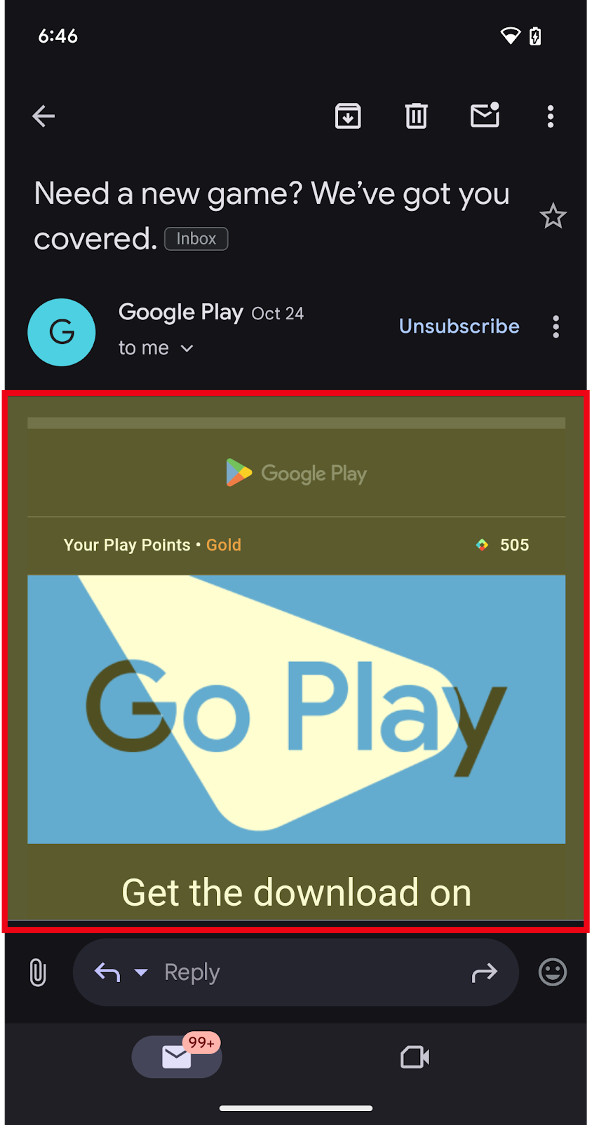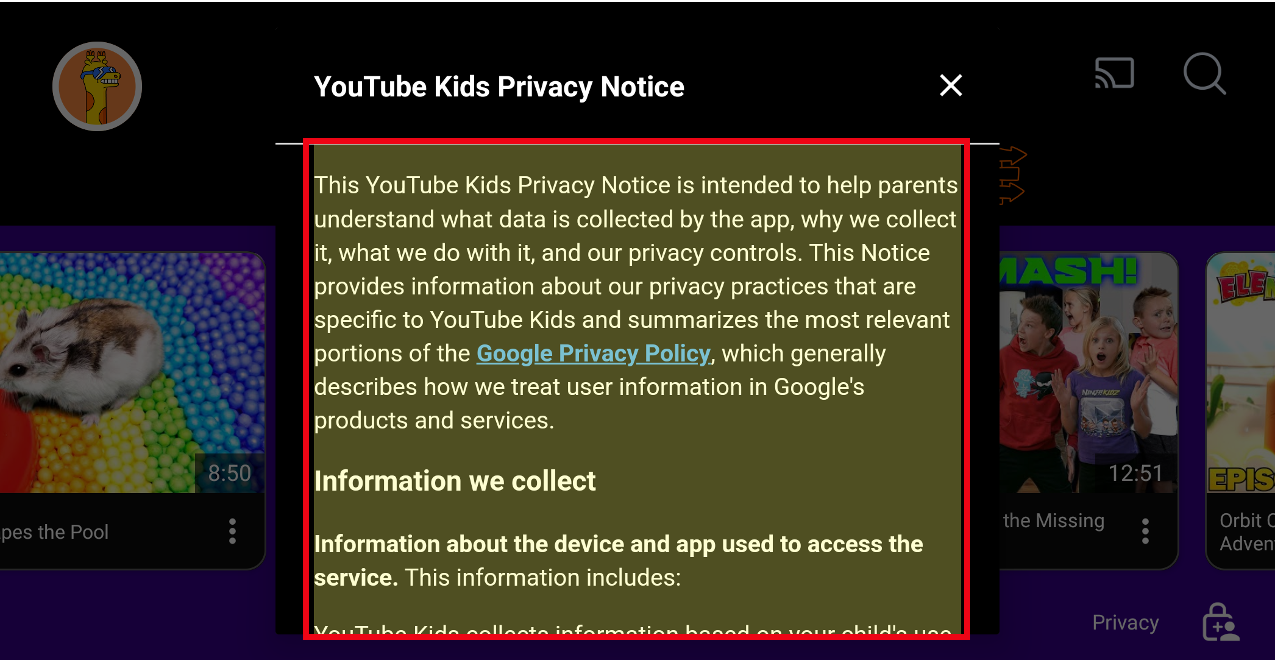يتيح لك نظام التشغيل Android الاستفادة من إمكانات الويب داخل تطبيقك، ما يتيح لك الاستفادة من مرونة وكفاءة عرض أنواع معيّنة من المحتوى.
تضمين المحتوى باستخدام WebView
تتيح لك واجهة برمجة التطبيقات WebView الوصول إلى إمكانات متصفّح مصغّر
لعرض محتوى الويب داخل تطبيقك، ما يتيح لك تقديم تجارب مستندة إلى الويب
كجزء أساسي أو داعم داخل تطبيقك، كما هو موضّح في الشكل
1.


إمكانيات "WebView"
يمكنك إجراء ما يلي باستخدام WebView في تطبيقك:
تضمين صفحة ويب: يتم دمج
WebViewفي واجهة مستخدم التطبيق كأحد المكوّنات، مثل زر أو حقل نص.تحميل المحتوى: يمكن لـ
WebViewتحميل محتوى الويب من مصادر مختلفة:- عناوين URL عن بُعد: يمكنه استرجاع صفحات الويب وعرضها من الإنترنت، تمامًا مثل أي متصفّح عادي.
- الملفات المحلية: يمكنه تحميل ملفات HTML وCSS وJavaScript المخزَّنة ضمن موارد التطبيق.
- المحتوى الذي يتم إنشاؤه ديناميكيًا: يمكن للتطبيق إنشاء محتوى HTML ديناميكيًا
وتقديمه إلى
WebView.
العرض: تستخدم
WebViewمحرك المتصفح الخاص بها لتحليل وعرض HTML وCSS وJavaScript، ما يؤدي إلى عرض صفحة الويب الناتجة ضمن المساحة المخصّصة لها في واجهة مستخدم التطبيق.تنفيذ JavaScript: يمكن لـ
WebViewتنفيذ رمز JavaScript ضمن سياق صفحة الويب التي تم تحميلها. يتيح ذلك تفاعلات ديناميكية وتعديلات داخلWebView.التفاعل مع تطبيقك: هنا تصبح ميزة
WebViewأكثر فعالية. تتيح هذه الواجهة التواصل في اتجاهين بين صفحة الويب والتطبيق.JavaScript إلى رمز التطبيق: يمكن لرمز JavaScript الذي يتم تنفيذه في
WebViewاستدعاء واجهات برمجة التطبيقات المضيفة للتطبيق، ما يتيح الوصول إلى ميزات الجهاز، مثل الكاميرا أو نظام تحديد المواقع العالمي (GPS) أو أدوات الاستشعار.رمز التطبيق إلى JavaScript: يمكن للتطبيق أيضًا إدراج رمز JavaScript في
WebViewأو تعديل محتوى صفحة الويب أو الاستجابة للأحداث التي يتم تشغيلها بواسطة صفحة الويب.
أوجه الاختلاف بين WebView والمتصفّح
WebView هي مكوّن مخصّص للغاية يوفّر الوظيفة الأساسية
لنافذة على الويب. على عكس المتصفّح الذي يوفّر شريط تنقّل وعناصر أخرى في واجهة المستخدم للتنقّل على الويب بشكل أوسع، فإنّ التجربة الإجمالية WebView تتحدّد من خلال تصميم تطبيقك والغرض منه.
لفهم الاختلافات بين WebView والمتصفّحات العادية بشكل أفضل، اطّلِع على التوضيحات التالية:
واجهة المستخدم: يتم استخدام WebView لعرض محتوى الويب، ولا يتضمّن عنوانًا أو واجهة مستخدم مثل معظم المتصفّحات الشائعة الأخرى، مثل زر الصفحة الرئيسية أو شريط العناوين أو قائمة الإعدادات.
الميزات: تتضمّن العديد من المتصفحات ميزات مُضمَّنة لتحسين تجربة التصفّح، مثل الإشارات المرجعية أو الأذونات أو السجلّ.
التحديثات: بما أنّ Android WebView هي خدمة نظام على Android، يتم إرسال التحديثات ودمجها في التطبيقات تلقائيًا على أساس شهري.
تعتمد المتصفّحات على تحديثات التطبيق المقابل، ثم على المستخدمين النهائيين لتطبيق التحديث على أجهزتهم.
البدء
للحصول على معلومات حول كيفية استخدام WebView في تطبيقك، يُرجى الاطّلاع على المستند إنشاء تطبيقات ويب في WebView.
مراجع إضافية
لتطوير صفحات ويب للأجهزة التي تعمل بنظام التشغيل Android باستخدام عناصر WebView أو علامات التبويب المخصّصة، راجِع المستندات التالية:
- إنشاء تطبيقات ويب في
WebView - إدارة عناصر
WebView - إتاحة شاشات مختلفة في تطبيقات الويب
- تصحيح أخطاء تطبيقات الويب
- أفضل الممارسات المتعلّقة بتطبيقات الويب
- تفعيل الإصدار التجريبي من
WebView - التصفّح داخل التطبيق باستخدام الويب المضمّن
- نظرة عامة حول علامات التبويب المخصّصة في Android

